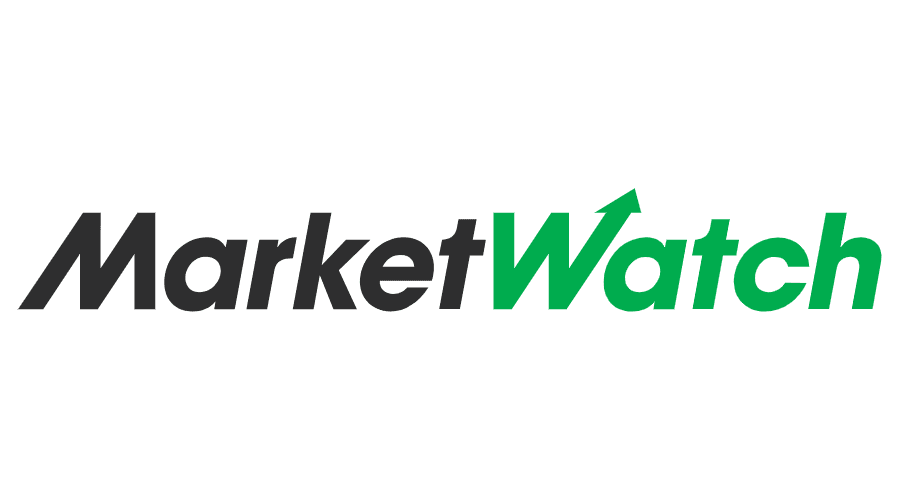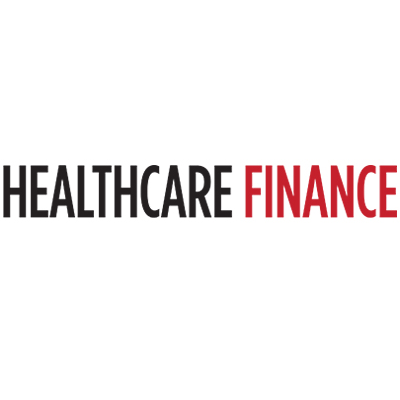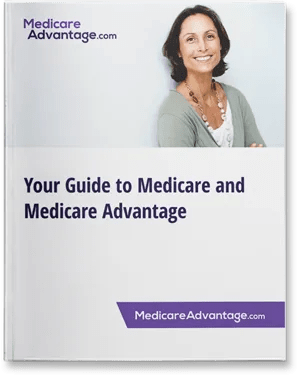Speak with a licensed insurance agent
Medicare Savings Programs (MSPs)
There are four types of Medicare Savings Programs and each one comes with its own benefits. Learn about how you could save on some of your Medicare Part D costs.
Medicare coverage can include out-of-pocket expenses. Many people may struggle to close the gap on some of these costs. Medicare Savings Programs may help alleviate some of that burden for eligible beneficiaries.
These expenses can include deductibles, copayments, coinsurance and monthly premiums.
Types of programs
There are four types of Medicare Savings Programs and each one comes with its own benefits.**
Qualified Medicare Beneficiary (QMB) Program
This program pays for the monthly premiums for Part A and Part B as well as cost-sharing expenses including deductibles, coinsurance and copayments.
Part A is premium-free for most people due to paying a sufficient amount of Medicare taxes while working (10 years, or 40 quarters worth). But some people do not meet this qualification and must pay a monthly premium for Part A. Part B carries a monthly premium based on income.
Eligibility for the QMB program is determined by the low-income subsidy asset test and the qualifying amount is subject to change every year. In addition, you must also be eligible for (or already enrolled in) Part A of Medicare.
Specified Low-Income Medicare Beneficiary (SLMB) Program
If you earn too much money to qualify for the QMB program, you may still qualify for the SLMB. This savings program pays for the Part B premium but unlike the QMB, it does not pay for Part A premiums or for any cost-sharing expenses.
The SLMB program uses the same income and asset qualifying criteria as the QMB, with qualifying numbers that may change from year to year.
Qualifying Individual (QI) Program
Those who don’t qualify for either the QMB or the SLMB may still qualify for the QI savings program. This program pays for Part B premiums (the same coverage as the SLMB).
This program is limited and is offered on a first-come, first-serve basis with priority going toward those who were enrolled in the program the previous year. Members of this program must re-enroll every year and the program is not open to Medicaid recipients.
Qualified Disabled and Working Individuals (QDWI) Program
This Medicare Savings Program is a little different from the other three in that it only pays for the Part A premiums. This program is for people who:
- Lost their free Part A coverage because they returned to work
- Are under 65 and disabled but still working
- Are not currently receiving any state medical assistance
- Satisfy the income and resource requirements for their state
To apply for any of the four Medicare Savings Programs, contact your local Medicare office.
Getting extra help
The QMB, SLMB and QI programs each come with an additional benefit. If you qualify for any of these programs, you automatically qualify for the Extra Help prescription drug program, which helps patients save money on out-of-pocket expenses related to prescription drugs and medication. These expenses can include copayments, coinsurance and deductibles and even cancels out the Part D coverage gap, or Medicare “donut hole.”
You may qualify for the Extra Help program if your income and assets are below the eligibility threshold or if your income is higher than the threshold but you are either supporting family members who live in the same household or you live in Hawaii or Alaska. You may apply for the Extra Help program online through the U.S. Social Security Administration.

About the author
Christian Worstell is a senior Medicare and health insurance writer with MedicareAdvantage.com. He is also a licensed health insurance agent. Christian is well-known in the insurance industry for the thousands of educational articles he’s written, helping Americans better understand their health insurance and Medicare coverage.
..Christian Worstell is a senior Medicare and health insurance writer with MedicareAdvantage.com. He is also a licensed health insurance agent. Christian is well-known in the insurance industry for the thousands of educational articles he’s written, helping Americans better understand their health insurance and Medicare coverage.
Christian’s work as a Medicare expert has appeared in several top-tier and trade news outlets including Forbes, MarketWatch, WebMD and Yahoo! Finance.
Christian has written hundreds of articles for MedicareAvantage.com that teach Medicare beneficiaries the best practices for navigating Medicare. His articles are read by thousands of older Americans each month. By better understanding their health care coverage, readers may hopefully learn how to limit their out-of-pocket Medicare spending and access quality medical care.
Christian’s passion for his role stems from his desire to make a difference in the senior community. He strongly believes that the more beneficiaries know about their Medicare coverage, the better their overall health and wellness is as a result.
A current resident of Raleigh, Christian is a graduate of Shippensburg University with a bachelor’s degree in journalism.
If you’re a member of the media looking to connect with Christian, please don’t hesitate to email our public relations team at Mike@tzhealthmedia.com.









